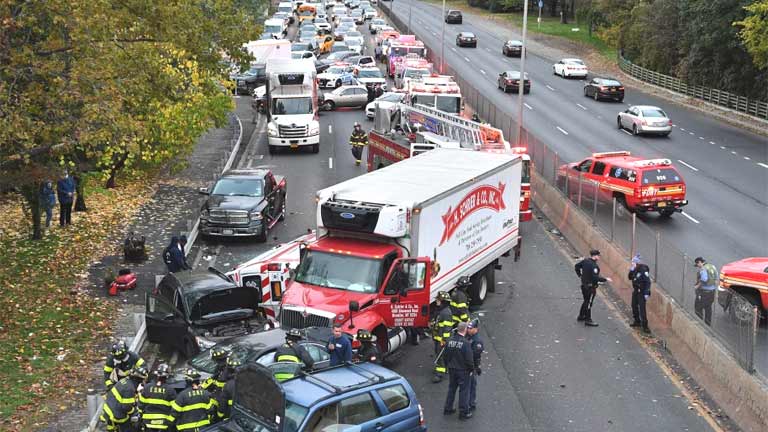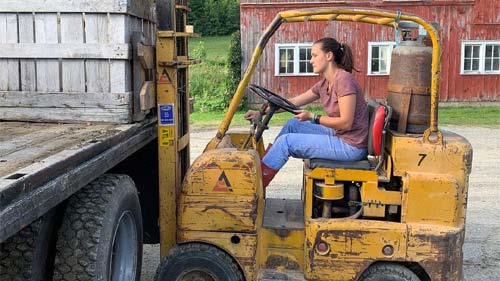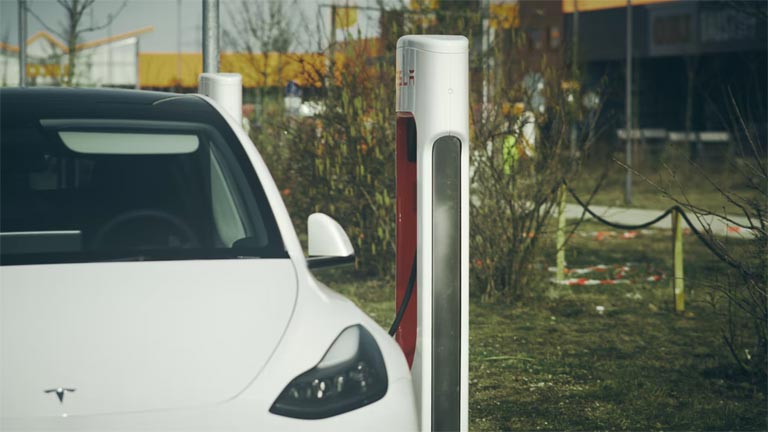
Even when only two cars are involved, determining culpability in an accident can be a complex and time-consuming process. Yet, determining fault in a chain reaction incident becomes increasingly difficult with adding each new vehicle.
A multiple-vehicle collision is a serious type of car accident involving three or more vehicles. These accidents can be particularly dangerous due to the potential for high-speed impacts and the large number of vehicles involved. Multiple-vehicle collisions often occur on highways or other high-speed roads and can result in serious injuries or even fatalities. Determining fault in these types of accidents can be challenging, as multiple drivers may have contributed to the collision.
Why do some accidents cause others to follow suit?
There are many potential triggers for a domino effect collision, however, the following are some of the most typical:
- When one car rear-ends another in heavy traffic, the second car may surge forward and collide with a third vehicle.
- Sideswipe accidents occur when one car collides with another while merging into traffic or passing another vehicle. The impacted vehicle may be thrown into oncoming traffic. In a sideswipe accident, the two vehicles usually make contact along their sides, resulting in scrapes, scratches, and other types of damage to the vehicles.
- Intersection collisions – Many chain reactions occur at intersections, where drivers coming from opposite directions must deal with potentially confusing right-of-way rules. When a driver ignores a stop sign or red light and crashes into a car that was in the right of way, this is an all too often occurrence.
To what extent are those responsible for a series of accidents linked together?
Because of the potential for numerous parties to share blame in chain-reaction collisions, determining fault can be difficult. Remember that negligence is the basis for legal responsibility; this means that anyone who should have taken precautions but didn’t may be at least partially responsible for an accident that occurred because of their carelessness.
Say, for instance, three vehicles are approaching a stop sign in a sequence, all using the same lane of traffic. The driver in the middle car is following too closely to the front car and can’t stop in time to avoid colliding with the front car as it contains, resulting in a collision that the driver in the back car also can’t prevent. The driver of the middle vehicle is likely to face negligence charges here. On the other hand, if the accident could have been avoided if the driver of the following vehicle hadn’t been distracted, both drivers may be partially responsible.
To make a successful claim for a multiple-vehicle collision, it is important to gather as much evidence as possible, such as police reports, witness statements, and photographs of the accident scene and damage to the vehicles. An experienced car accident attorney can help investigate the accident, determine liability, and negotiate with insurance companies on behalf of those injured in the accident.
When it comes to multiple-vehicle collisions, a car accident attorney can be an invaluable resource. These types of accidents can be complex and involve multiple parties, making it challenging to determine who is at fault and to what extent. A car accident attorney can help navigate the legal complexities of a multiple-vehicle collision and work to secure compensation for those injured in the accident.




